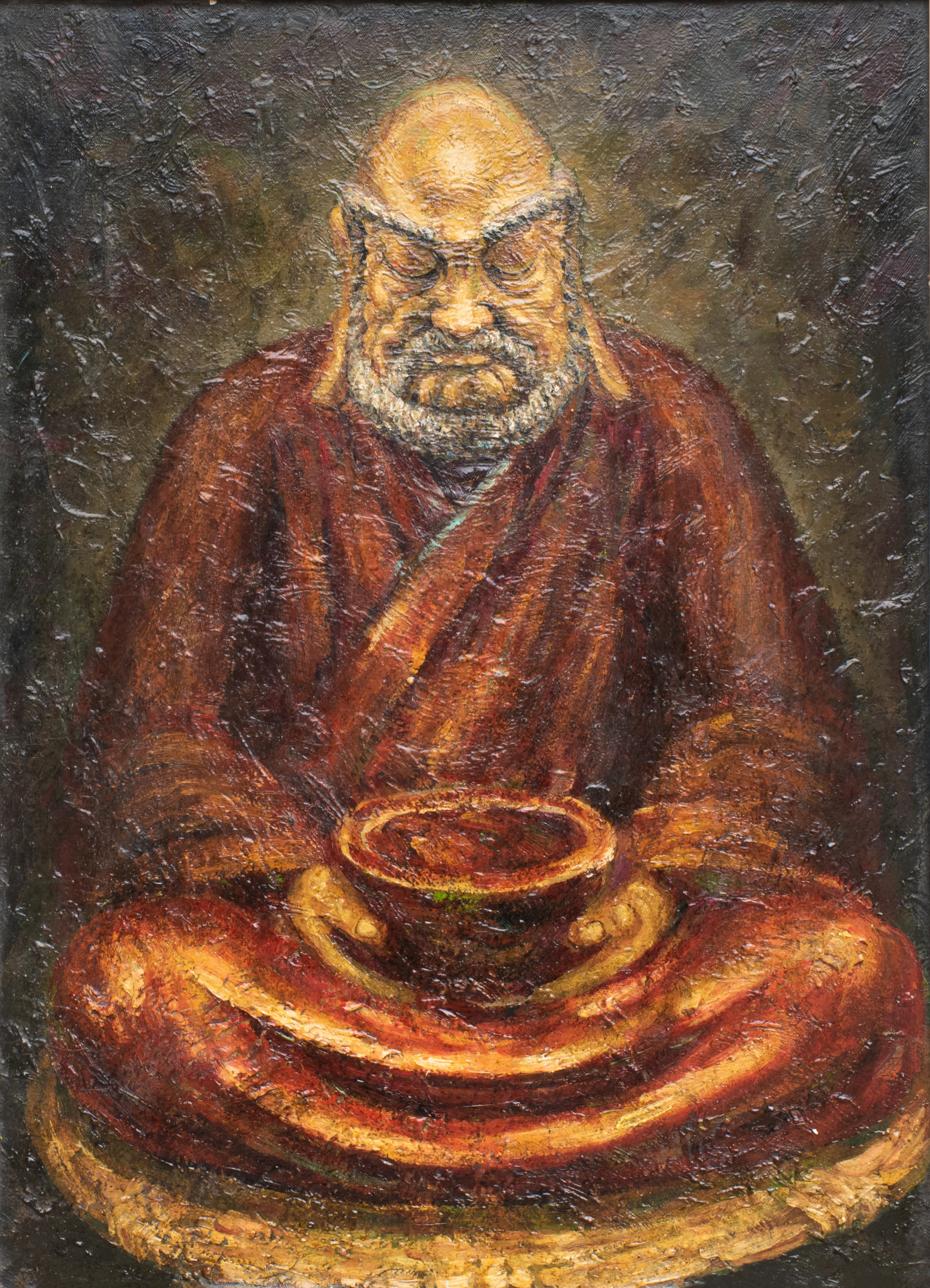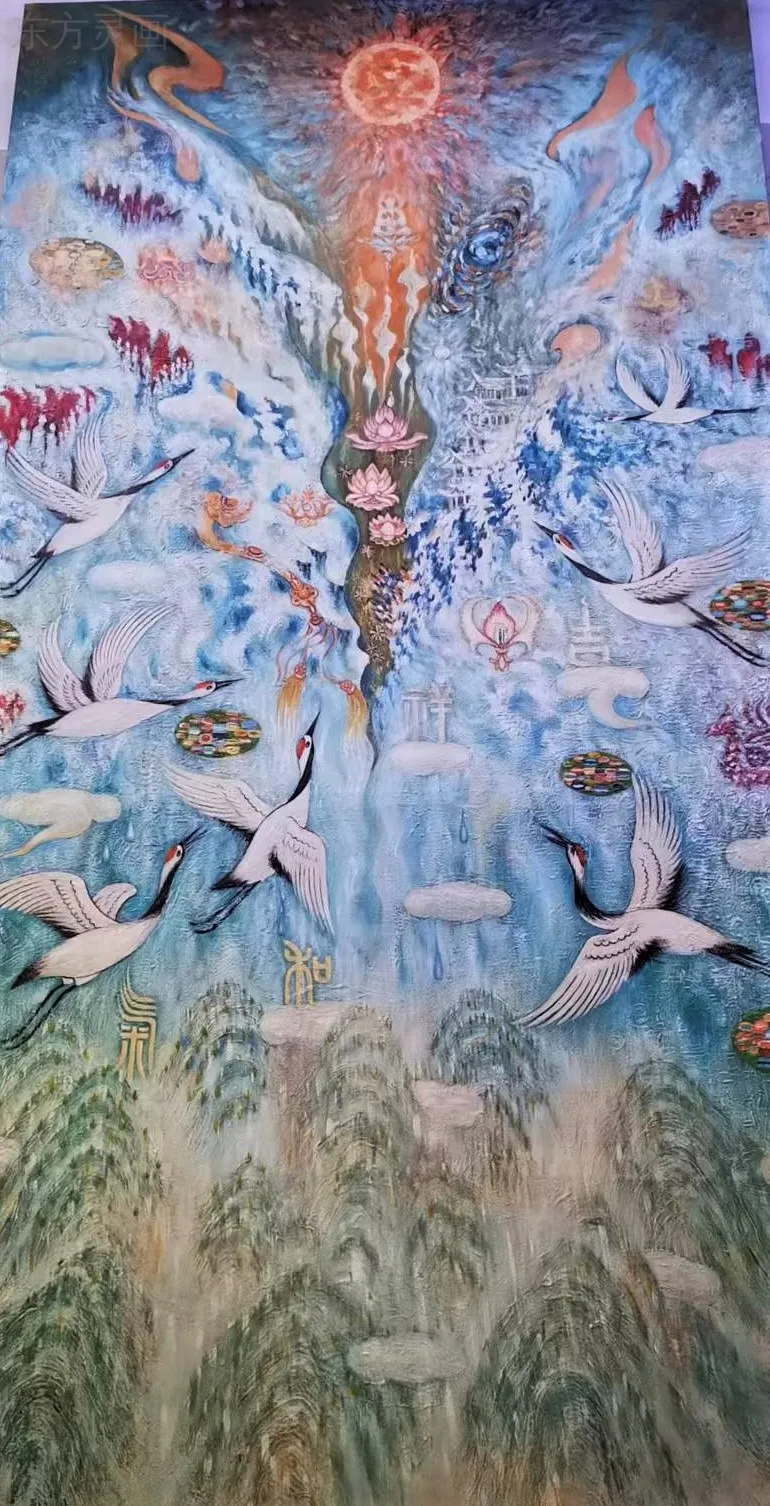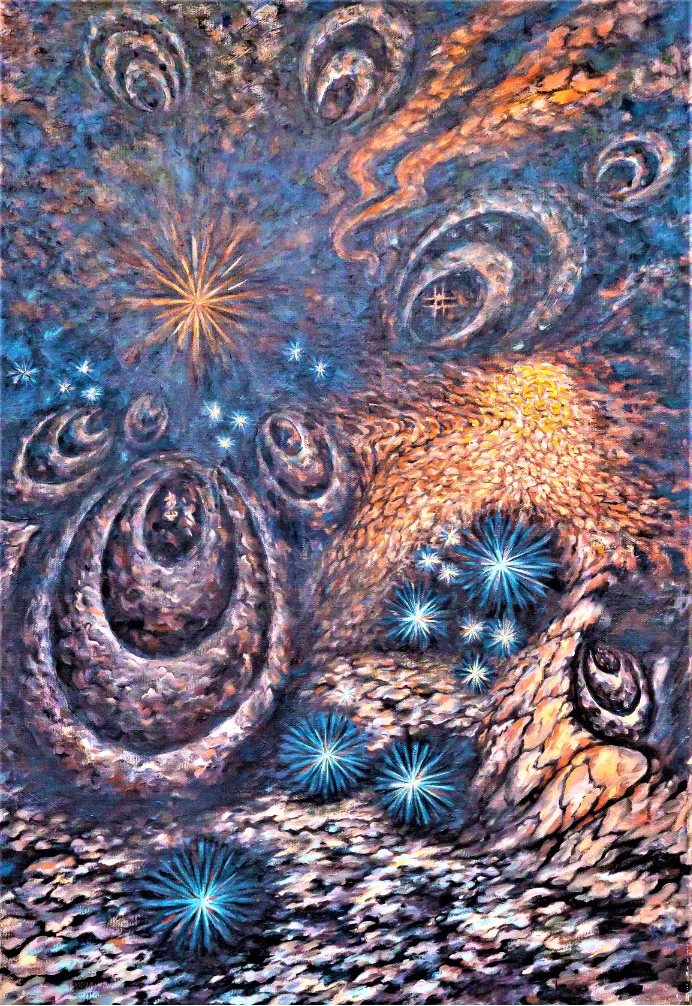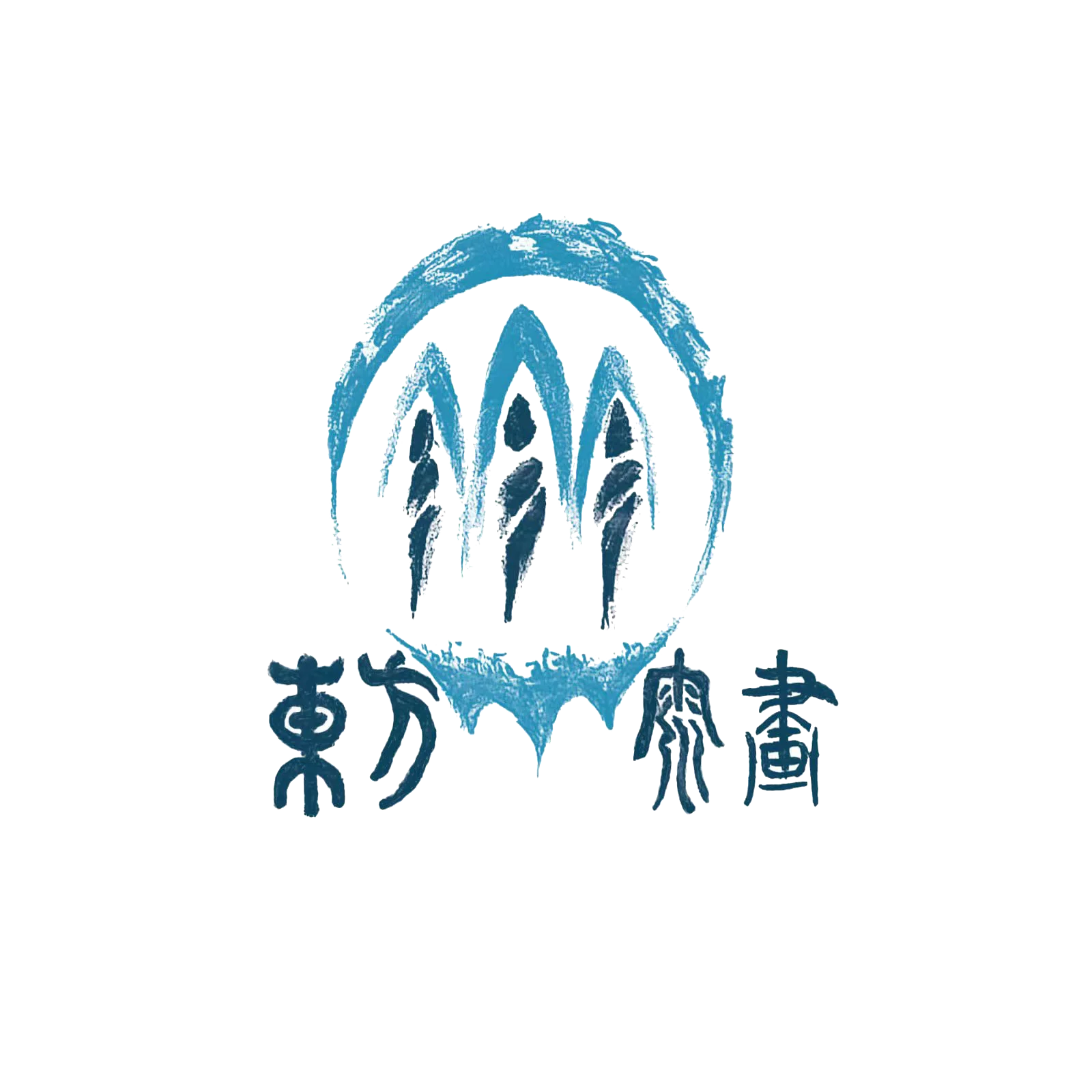Author: Guopeng Liu
As an artist, there is always something ‘more than art’ in Keyang Wu, but this something more does not make the expression of art in him less, on the contrary, in all of his artistic activities, he paradoxically embodies these two characteristics at the same time: both ‘more than art’ and ‘less than art’. On the contrary, in all his artistic activity he simultaneously and paradoxically embodies these two characteristics: both ‘more than art’ and ‘less than art’.
To say that there is always something ‘more than art’ in Keyang Wu refers to the fact that he exists both as an artist and a practitioner. Growing up in Minnan, a place where tradition is strong and resilient, and which has been the centre of Chinese contemporary art since the ‘85th New Wave’ of the 20th century, Yongping Huang and Guoqiang Cai were amongst the best of the best; in his undergraduate studies, Keyang was enrolled in Xiamen University's School of Fine Arts, majoring in Oil Painting, which is an unquestionable academic background. However, Wu Keyang did not follow the usual pattern of existence of a contemporary artist in China, travelling to an artist colony in a major city such as Beijing, Shanghai or Shenzhen, or quickly signing up with a gallery, making alliances with curators and critics, and becoming a member of a certain circle, eager to become a newcomer in the art market. On the contrary, Wu Keyang has chosen a rather solitary and individualistic approach, at least superficially distancing himself from the contemporary art scene, and he seems to have ‘gone astray’ by frequently travelling to different holy places, first to Buddhist temples such as Nanputuo and Emei Mountain, then to Taoist shrines such as Mount Qingcheng, and then to Buddhist sites such as Dunhuang, then to Buddhist ruins such as Huangshi, then to Buddhist temples such as Huangshi. Later, they travelled to Buddhist sites such as Dunhuang and Mount Maijishan, or travelled to other places, such as Angkor Wat, for artistic creation or field experience.

Portrait Series:《达摩祖师》
Specification: 70cmx100cm
Creation date: : 2011
However, even though he goes in and out of places of religious practice, he does not choose to be an ordinary incense burner, monk or lay believer. On the contrary, he spends time with the monks of temples and Taoist monasteries by making friends with them, and gives back to them in the form of friendship by painting statues of Buddhist objects of worship such as Buddhas and Bodhisattvas with the modelling technique of oil painting, a style of Buddhist statue-making that is different from that of the traditional Chinese and Tibetan styles of Buddhist statue-making of ink and wash or thangkas, and pursues the precise proportions of perspective and the three-dimensional modelling of sculpture while losing the hybrid artistic language of the traditional Chinese ink, which emphasises the importance of pictorialism. This style of Buddhist statues, which is different from the traditional Chinese and Tibetan ink and wash or thangka styles, pursues the precise proportions of perspective and the three-dimensional modelling of sculpture, while at the same time not losing the traditional Chinese ink and wash's emphasis on the hybrid artistic language of writing, which obviously amazed his monastic friends. With this unprecedented and unique artistic style, Ke Yang then began to paint portraits of Taoist masters, the effect of which was equally astonishing to the Taoist priests, and was as fresh as the oil portraits of the Jesuits who came to China at the end of the Ming Dynasty when the Wanli Emperor first saw them, and the sculptural ‘Gold, Silver, and Copper Portrait Series’ and the ‘Dunhuang Flying Sky-Leisurely Series’ are the highlights of his artistic activity during this period. The ‘Gold, Silver and Bronze Portrait Series’ and ‘Dunhuang Flying Sky and Musical Artists Series’ are the concentrated presentation of artistic creation activities in this period.
Soon, Wu Keyang was no longer satisfied with his initial curiosity, the need to make friends, and the pressure to survive, and chose to paint Buddhist and Taoist statues and portraits in the oil painting style. His long acquaintance with bhikkhus and Taoist priests, as well as his long experience of living and practising in a place outside the square, brought him to a new state of mind. Ke Yang began to create a number of surrealistic artworks in a state of transcendence of the soul, such as the ‘Spirituality Series’, ‘Spiritual Realm Series’ and ‘Consciousness Series’. Based on his long experience with religious practitioners and his own meditative practice, Wu Keyang no longer understands religion from the periphery, nor does he allow art to serve as a tool to describe or visualise certain religious beliefs.

Oil paintings:《翔鹤如意》
Specification: 320x150cm
Creation date: 2022
On the contrary, he became increasingly convinced that art is the religion of the artist. Or, as Heidegger puts it, ‘the state in which art becomes its essence and from which it originates is a state of man’. This state is the essence of being that the artist, in the intoxication of his corporeality, grasps in the most familiar and penetrating way.
In this regard, at their deepest level, art and religion point to something in common, which requires the artist to give up the subject's brutal capture of the object, its external depiction, and to sensuously, objectively, and immediately integrate the depictor with the depicted, so as to make something truthful present in the work, which in turn integrates the artist's existence with the whole of humankind.
From art getting rid of its instrumental status to what art itself is, it is a kind of art that is ‘less than art’. Wu Keyang's preference of painting themes in the past ten years, i.e., the presentation of the inner correlation between the macrocosmos and the inner spiritual world of human beings, is the expression of this kind of art works in terms of their spiritual orientation.

Oil paintings:《蓝色·圣灵》
Specification:110cmx160cm
Creation date: 2015
According to Ke Yang himself, this drastic change originated from an accident in which he had a brush with death, a near-death experience that made him believe even more strongly in the inner unity of art, life, and religion, a realm where only the lonely, free from all external worldly impulses, can arrive at a complete rendering of existence itself.
And this realm must be reached from the perspective of the artist. In this regard, the artist naturally resides in the midway between the art that is ‘more than art’ and the art that is ‘less than art’, and carries all the realities, meanings, and values of life and makes the most serious voice, and this voice is the work itself, as well as the true presentation of existence itself by the artist as an existent. The artist is naturally in the middle of ‘more than art’ art and ‘less than art’ art, carrying all the reality, meaning and value of life to make the most serious voice, which is the artwork itself, and also the true presentation of the artist as an existent to the existence.
Author's Introduction:
Guopeng LiuScholar, independent curator, translator and critic. Director of the Christianity Research Office of the Institute of World Religions of the Chinese Academy of Social Sciences (CASS), Associate Researcher, Doctor, Deputy Director of the Centre for Christianity Studies of CASS. Director of the Chinese Society of Religion. Executive Editor of Christian Religious Studies (CSSCl).

Leave a Reply